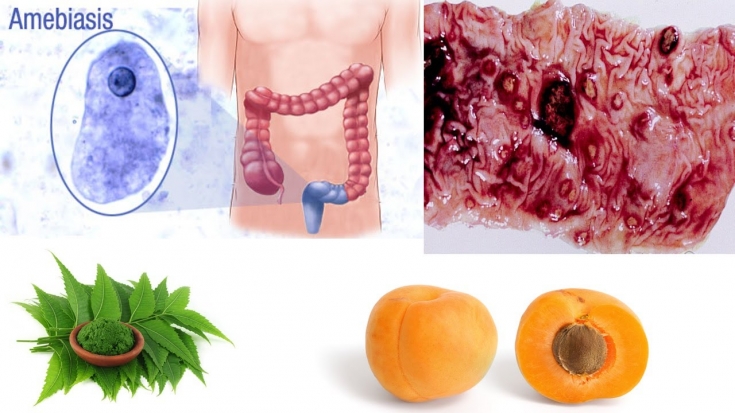Amebiasis is ubiquitous, but the highest incidence is observed in tropical and subtropical regions. About 40-50 million patients are infected with amoebiasis annually, but only 10% of them develop a manifest form of the disease.
The mortality rate for amoebiasis is 0.2%. For more information on who is the source of amoebiasis, how the infection spreads, as well as on the characteristic clinical manifestations, principles of diagnosis and treatment of amoebiasis, read on estet-portal.com in this article.
The source of amoebiasis is the person who excretes the cysts
The source of amoebiasis is a person who excretes cysts of the pathogen with feces. Transmission mechanism – fecal-oral. E. histolytica can penetrate the intestinal mucosa, destroy epithelial cells, and cause ulceration. Possible invasion of the peritoneum and, as a result, the development of peritonitis.
Amoebas are able to spread in the body with the help of venous circulation, which leads to damage to many organs, the formation of abscesses in the liver, lungs, brain.
In rare cases, amoebas contribute to the development of toxic megacolon and amoeba - tumor-like formations in the wall of the large intestine, consisting of granulomatous tissue and causing local obstruction.
Infectious mononucleosis: modern methods of diagnosing the disease
Symptoms of amoebiasis ranging from mild diarrhea to bloody dysentery
The incubation period of amoebiasis from the moment of infection to the onset of the first symptoms of the disease is from 1 week to 4 months.
About 90% of patients infected with E. histolytica have no or only mild symptoms of the disease.
Follow us on Telegram
The clinical picture of amoebiasis varies from mild diarrhea to bloody dysentery, which can even be life threatening.
In addition to diarrhea, symptoms of amoebiasis also include abdominal and lower back pain, headache, convulsions, general weakness, fever, anorexia.

Amebiasis: modern methods of specific diagnosis of the disease
The diagnosis of amoebiasis is based on the detection of vegetative forms of E. histolytica in faeces or on colonic biopsy. Especially effective is the study of biopsy specimens in the localization of lesions in the ascending colon, when parasitoscopy of feces is uninformative.
If amebiasis is suspected, the first step is to determine parasitic DNA by PCR or E. Histolytica antigens in stool or blood serum.
Read also: Are dirty hands to blame: a modern view of viral hepatitis A
Three examinations of formalin-fixed stool specimens can be used as a screening for cysts.
Treatment of amoebiasis: principles of etiotropic therapy and drugs of choice
Goal of treatment for amoebiasis – elimination of the symptoms of the disease and prevention of its further transmission to healthy people.
For the treatment of amoebic colitis, as well as extraintestinal forms of the disease, the drug of choice is Metronidazole at a dose of 400-800 mg 3 times a day for 7-10 days.
For children, the dose of Metronidazole is calculated depending on the weight and is 12-16 mg/kg 3 times a day.
To completely remove cysts from the intestine, additional administration of Diloxanide furoate (for adults: 500 mg 3 times a day for 10 days, for children - 7 mg/kg 3 times a day) or Paromomycin 8-11 mg/kg × 3r/d within 7 days.

Treatment of asymptomatic carriers of E. histolytica is aimed at eliminating the source of infection and preventing further development of the overt form of the disease.
The first-line drug for the treatment of asymptomatic patients is Diloxanide furoate or Paromomycin, which are more effective against cysts than metronidazole.
Relapse may occur in some cases, so it is advisable to repeat the stool examination 4 weeks after treatment.
Thank you for staying with estet-portal.com. Read other interesting materials in the "Infectology" section. You may also be interested in: Diarrhea and exanthema can be symptoms of an enterovirus infection.







Add a comment